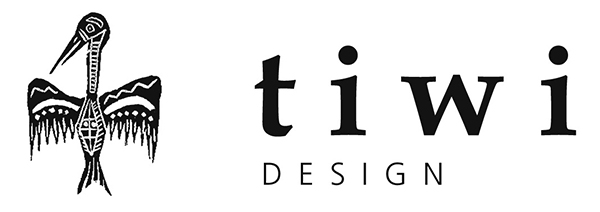Dancing & Singing
The Tiwi islands of Bathurst and Melville were created at the beginning of time during the dreaming or Palaneri. Before this time there was only darkness and the earth was flat.
MUDUNGKALA
Dancing or yoi is a part of everyday life on the Tiwi islands and is integral to all Tiwi ceremonies. Each person has their own dreaming and dance which they inherit. The dreaming dance comes from the father’s side, the totem or clan dance from their mother. Ceremonies include many different types of dance, children are encouraged to learn their dance at a very young age.
Different dances are performed for different reasons, some dance spontaneously happens at celebrations as an expression of emotion or some in a more structured manner at ceremonies. Dancing plays an important role in ceremonial events.
During the Pukumani ceremony the dances performed reflect the relationship to the deceased. Narrative dances are performed and can depict everyday life or historical events. The bombing of Darwin has been portrayed through song and dance, as have many other significant events. Singing always accompanies dancing and new songs are continually being created.
The Tiwi traditionally paint their body for ceremony using natural earth pigments known as ochres. This tradition of mark making is the foundation for modern Tiwi art.
“For Tiwi people, to sing is to dance is to paint.” – Judith Ryan, Art and Australia, 1997



